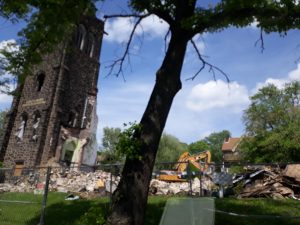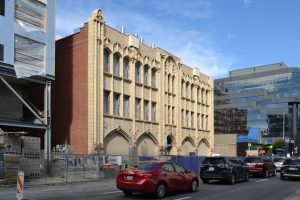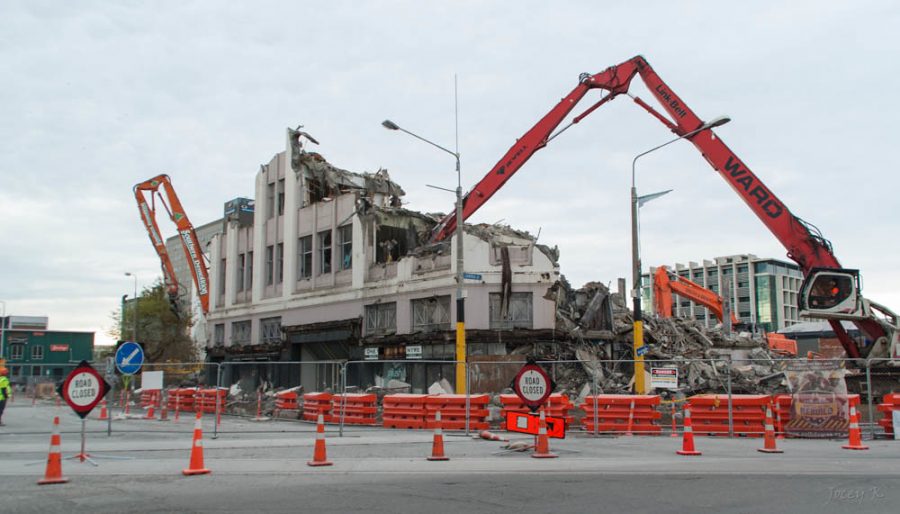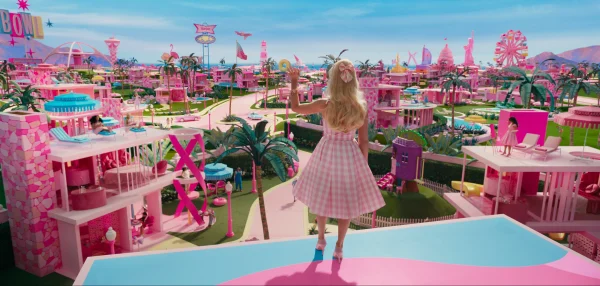The Price of Preservation
What should qualify a historical building as “sacred” and safe from demolition?
What qualifies a building as “historic”? Is it simply how old it is, its architectural design, or what happened in it? These questions have sparked some of the most heated debates among historical preservationists today. Disputes over the viability of an old building, especially ones located amidst a changing urban climate, have led many to raise the question: what should stay and what should go?

Obviously, not every old structure can be preserved. But in a growing commercialized landscape, it’s crucial to keep some vestiges of the past. If a building is one hundred or more years old, in good condition and has interesting features in its architecture, then it absolutely should be preserved for future generations. But sadly, most old buildings don’t check all these boxes. What if a structure is newer, say from the 1950s? 60s? Some preservationists debate that buildings 50 years or older should be honored. However, with careful observation of its role in the visual character of an area, a structure’s right to be preserved can be determined.
In addition, the question if the character of a locality is not merely drawn from individual structures is another hot topic among preservationists. For example, is a historic library is demolished for a shopping mall, then is the historical value of the surrounding buildings diminished?
What occurred in a structure can be another factor used in determining its importance. If a distant relative of Andrew Carnegie lived in this house, then it probably shouldn’t be considered worthy of preservation. But with careful research into a building’s social and cultural historic value, a fair division of a structure’s fate can be made.

Clearly, the unnecessary destruction of beautiful old structures is something that should be avoided at all costs, especially if the building is located in a position of vulnerability. Especially in urban climates, the question of progress versus history is a constant balancing act. But even with the hard work of historical societies and community members who want to see their historic buildings preserved, many significant structures have fallen victim to the wrecking ball, and once they’re gone, they can never be brought back.
Of course, there are no concrete answers to these questions of preservation, and many buildings have unique characteristics that spark their own debates. Whether a building has a unique architectural design, is simply very old, or at one time was home to a person or event of historical significance, we all can agree on the preservation of important buildings from the past.

Andrew McLaughlin is a ninth-grader at North Allegheny Intermediate. He formerly was the editor on the student newspaper at Carson Middle School and enjoys...







